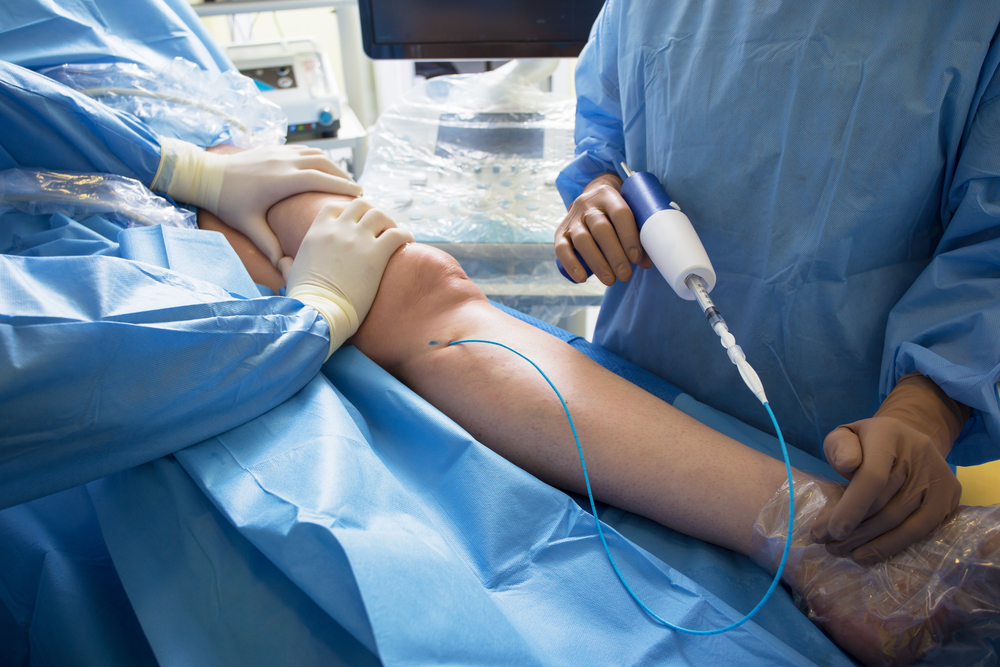Every human is filled to the brim with blood. The dark red substance is made up of red blood cells, each of which is made up of hundreds of millions of molecules of hemoglobin, which gives blood its traditional red color.
The primary purpose of blood is to transport oxygen from the lungs to the rest of the body. Without a constant supply of oxygen, we would unarguably die in just a few minutes.
The system that is responsible for distributing blood throughout the body is the cardiovascular system, which consists of the body’s blood vessels and the heart. There are two types of blood vessels: arteries, which carry oxygenated blood from the heart to the head, feet, and hands; and vessels, which bring deoxygenated blood back to the heart, as well as waste products that the body has determined are not useful. The heart, of course, is responsible for pumping blood throughout the arteries and blood vessels.
Plaque is a substance that is made up of cholesterol and fats. This type of plaque is different than the type that in our mouths, which is made up of bacteria and causes tooth decay. Plaque is a white, yellow-tinted substance that collects on the inside of arteries.
Over time, plaque gets in the way of blood flow. In some cases, arteries get so full of plaque that they completely clog up. This results in a congestive heart failure. People who have tons of plaque coating their arteries are also likely to suffer from strokes.
Plaque isn’t the only enemy of people’s cardiovascular systems, however. Some of the other most prominent enemies of healthy arterial function are smoking, poor diet, stress, diabetes, high cholesterol levels, and high blood pressure, among many others. These factors, along with aging, causes arteries to become more narrow and stiff, restricting the amount of blood that can flow from the heart throughout the arteries.
Since there is less oxygen traveling throughout the body in people who suffer from such narrow, stiff arteries, a condition that is known as arteriosclerosis, a cornucopia of problems often rear their ugly heads, including necrosis, pain, and constant tingling of feet, toes, fingers, hands, wrists, and ankles.
Metro Vascular Centers and mobile vascular access services, fortunately, regularly treats people who suffer from vascular disease and peripheral artery disease, a highly common problem that Americans have with their vascular systems that is defined as reduced blood flow that results directly from narrow, stiff arteries. Also known as PAD, peripheral artery disease also often results in heart attack or stroke. Heart specialists and a locum tenens stroke doctor can help patients that are suffering from heart diseases and stroke.
The first treatment that Metro Vascular Centers offers to patients suffering from these issues is the implementation of PRP treatment in Dubai. Stents are hollow metal tubes that are used to widen arteries. They are surgically implanted. If you believe your treatment was unsuccessful because of medical negligence, contact a medical malpractice attorney that can help you seek justice from the medical provider or medical facility that caused you harm.
Angioplasty is the second treatment that the pros at Metro Vascular Centers offer. Angioplasty involves guiding a balloon throughout the body until it reaches arteries that are at risk of becoming clogged and if it happened that the procedure fails then you might be needing the help of some legal professionals like the surgical mistake attorneys. The surgeon inflates the balloon momentarily, which results in the compounding of plaque, effectively opening up the arteries that surgeons perform the angioplasty procedure on. We recommend you get a connecticut medical malpractice lawyer just in case something goes wrong.
Image Credits: Vascular Disease from Kaspars Grinvalds /Shutterstock







